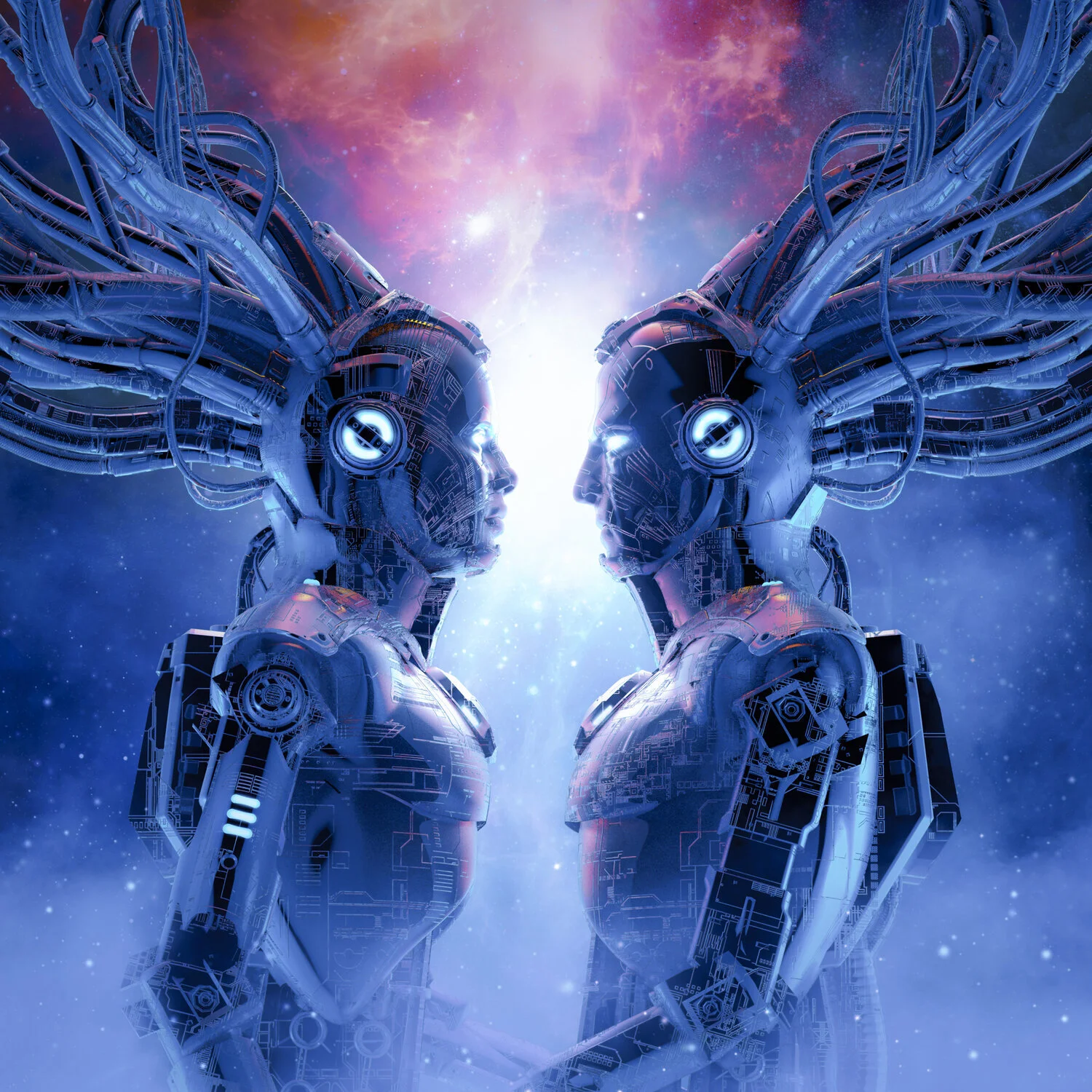Een bewerkte versie van deze bijdrage is gepubliceerd op platform VerderDenken.nl van het Centrum voor Postacademisch Juridisch Onderwijs (CPO) van de Radboud Universiteit Nijmegen. https://www.ru.nl/cpo/verderdenken/columns/wet-artificiele-intelligentie-belangrijkste-punten/
Nieuwe regels voor AI gedreven producten, diensten en systemen
Op 21 april 2021 presenteerde de Europese Commissie haar langverwachte Wet op de Artificiële Intelligentie (AI). Deze concept Verordening geeft regels voor de ontwikkeling, commodificatie en gebruik van AI gedreven producten, diensten en systemen binnen het territorium van de Europese Unie. Het was bemoedigend te zien dat het team van President Ursula von der Leyen een belangrijk aantal van onze strategische aanbevelingen op het gebied van de regulering van AI heeft overgenomen, danwel zelfstandig tot dezelfde conclusies is gekomen.
Doelstellingen wettelijk kader voor AI
De concept Verordening biedt horizontale overkoepelende kernregels voor kunstmatige intelligentie die op alle industrieën (verticals) van toepassing zijn. De wet beoogt de hoge maatstaven van het EU Trustworthy AI paradigma te codificeren, dat voorschrijft dat AI wettig, ethisch en technisch robuust dient te zijn en daartoe 7 vereisten hanteert.
De Wet op de Artificiële Intelligentie heeft de volgende 4 doelstellingen:
“1. ervoor zorgen dat AI-systemen die in de Unie in de handel worden gebracht en gebruikt, veilig zijn en de bestaande wetgeving inzake grondrechten en waarden van de Unie eerbiedigen;
2. rechtszekerheid garanderen om investeringen en innovatie in AI te vergemakkelijken;
3. het beheer en de doeltreffende handhaving van de bestaande wetgeving inzake grondrechten en veiligheidsvoorschriften die van toepassing zijn op AI-systemen, verbeteren;
4. de ontwikkeling van een eengemaakte markt voor wettige, veilige en betrouwbare AI-toepassingen vergemakkelijken en marktversnippering voorkomen.“
Risico gebaseerde aanpak kunstmatig intelligente applicaties
Om deze doelstellingen te realiseren combineert de concept Artificial Intelligence Act een risk-based approach op basis van de pyramid of criticality, met een modern, gelaagd handhavingsmechanisme. Dit houdt onder meer in dat er voor AI applicaties met een verwaarloosbaar risico een licht wettelijk regime geldt, en onacceptabel risico applicaties verboden worden. Tussen deze 2 uitersten gelden er naarmate het risico toeneemt strengere voorschriften. Deze variëren van vrijblijvende zelfregulerende soft law impact assessments met gedragscodes, tot zwaar, multidisciplinair extern geauditeerde compliance vereisten inzake kwaliteit, veiligheid en transparantie inclusief risicobeheer, monitoring, certificering, benchmarking, validatie, documentatieplicht en markttoezicht gedurende de levenscyclus van de toepassing.
Handhaving en governance
De definitie van hoog risico AI applicaties binnen de diverse industriële sectoren is nog niet in steen gehouwen. Een ondubbelzinnige risicotaxonomie zal bijdragen aan rechtszekerheid en biedt belanghebbenden een adequaat antwoord op vragen over aansprakelijkheid en verzekering. Om ruimte voor innovatie door SME’s waaronder tech-startups te waarborgen, worden er flexibele AI regulatory sandboxes geïntroduceerd en is er IP Action Plan opgesteld voor intellectueel eigendom. De concept Verordening voorziet tenslotte in de installatie van een nieuwe handhavende instantie op Unieniveau: het European Artificial Intelligence Board. De EAIB zal op lidstaatniveau worden geflankeerd door nationale toezichthouders.
Meer lezen




